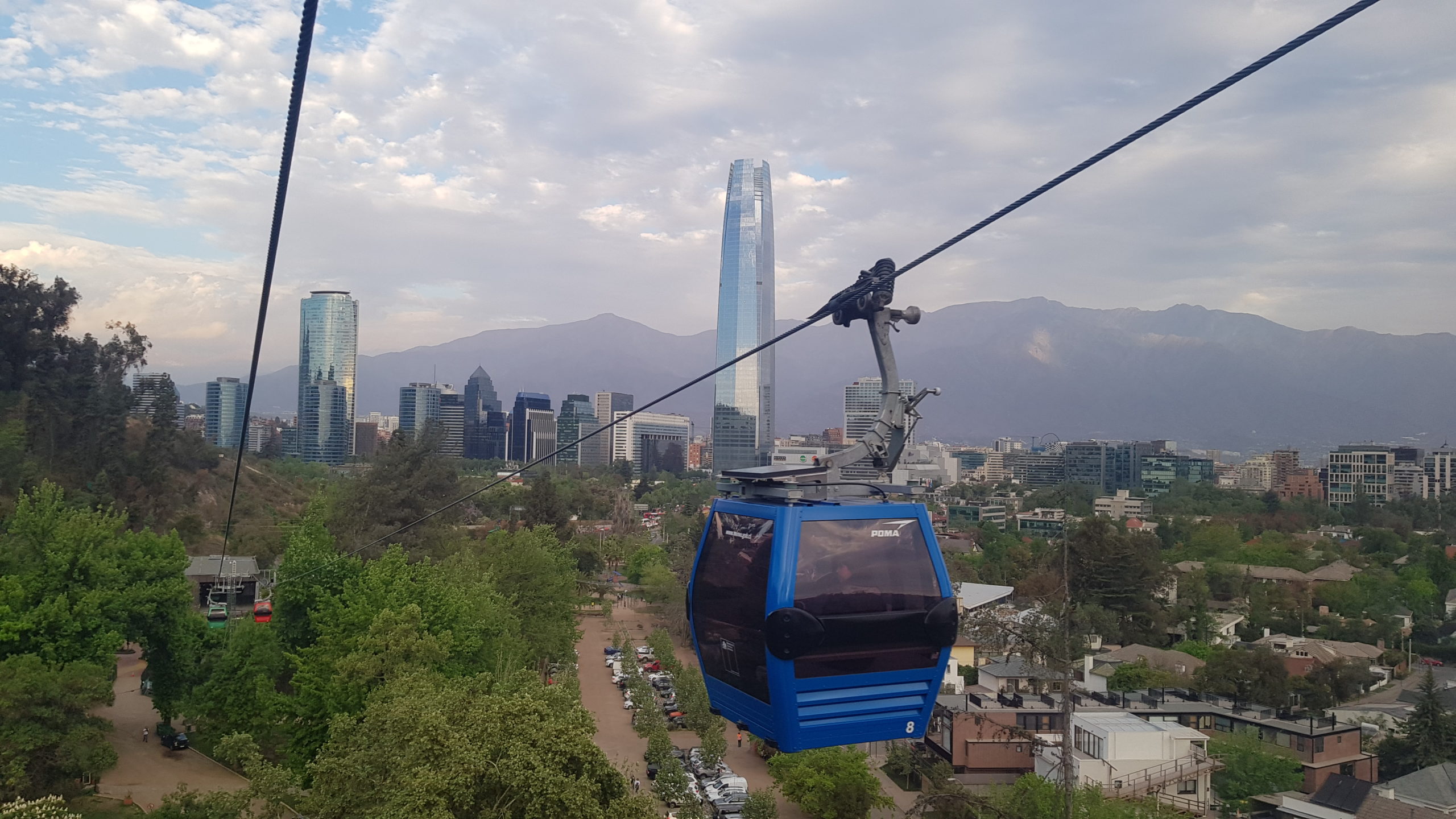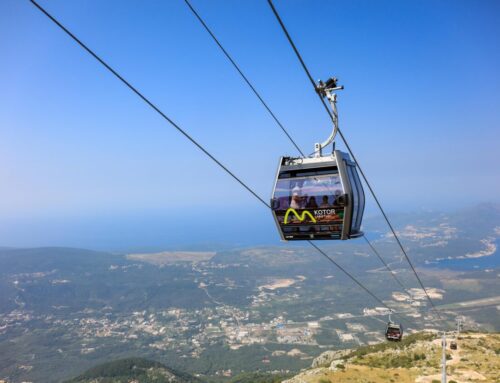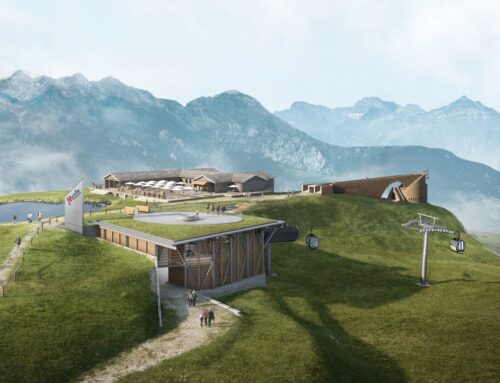
Cities, Tourism
An urban cable car for chilean harbour city?
As the newspaper Diario Conceptión reported, there are five alternative routes for the construction and operation of a cable car that would connect the Los Cerros de Talcahuano area with the city centre of the port city.
The Chilean Ministry of Transport (MTT), through the Roads and Urban Transport Programme (Sectra), has promoted the development of this initiative, which aims to improve mobility conditions for 25 percent of the inhabitants of this district, according to the ministry.
“Cable cars are very suitable for cities where public transport users have to overcome significant geographical obstacles to reach the rest of the city. In this case, the distance that has to be travelled to reach this area of Talcahuano is much longer in kilometres than the more direct, elevated alternative (cable car)”, says Juan Carlos Muñoz.
The options
Five routes are being analysed in the preliminary design studies. From these alternatives, one will be selected to move on to the next phase, the basic engineering design, which is the second part of the current study.
According to information from the Ministry of Transport (MTT), there are five options, all of which have a common starting point at the station opposite the Las Bentotecas area, near the Plaza del Ancla. All five options start from there, with two of them comprising one line, while the other three route options include two lines.
The route suggestions
- The first alternativestarts at Plaza del Ancla and has four further stops: Cornou, on the hill of the same name; Antenas, behind Buena Vista hill; Centinela II and finally Mirador del Pacífico, in the neighbourhood of the same name.
- The second route option, also with one line, starts at El Ancla station. The second station is located on the Zaror hill, the third is San Francisco, on the hill of the same name, and the fourth station would be Los Lobos, also located on a hill.
- The third option for the cable car envisages two lines. As with the second option, there are four stations, but two more are added, which are connected via the San Francisco station: Centinela II and O’Higgins.
- The fourth alternative also includes six stations: El Ancla, Antenas, Centinela II and Mirador del Pacífico. There is also a second line that starts at Antenas and includes the stations Nueva Los Lobos and Los Lobos.
- The fifth route option is the most extensive, with seven stations and two lines. It includes the same stations as the first option, namely El Ancla, Cornou, Antenas, Centinela II and Mirador del Pacífico. A second line adds stations at both ends of Centinela II: Los Lobos and Brisas del Mar.
Reasons in favour of the cable car
According to the Ministry of Transport (MTT), the cable car is intended to overcome several deficits faced by people living in the high altitudes of Talcahuano (Los Cerros de Talcahuano). One of these deficits is the lack of services such as pharmacies or supermarkets, which are not available in the higher parts of the municipality.
‘This is a model that not only aims to improve mobility from Los Cerros to the city centre. Trade and services should also develop around the stations.’
This is necessary as Los Cerros de Talcahuano is predominantly residential (90% of the area falls into this category) and only has a small proportion of retail and services (1.4%). In addition, a quarter of Talcahuano’s population lives in the highlands (24% – 35,000 people), as the MTT emphasises.
Other reasons include the lack of public transport, which does not do justice to the realities of a hilly area, and the potential to create a new tourism development pole for the municipality, according to the ministry.
‘Added to this is the geographical factor, which includes significant differences in altitude and numerous ravines, creating isolated areas, which prevents adequate accessibility and mobility for residents and leads to inefficient mobility.’







